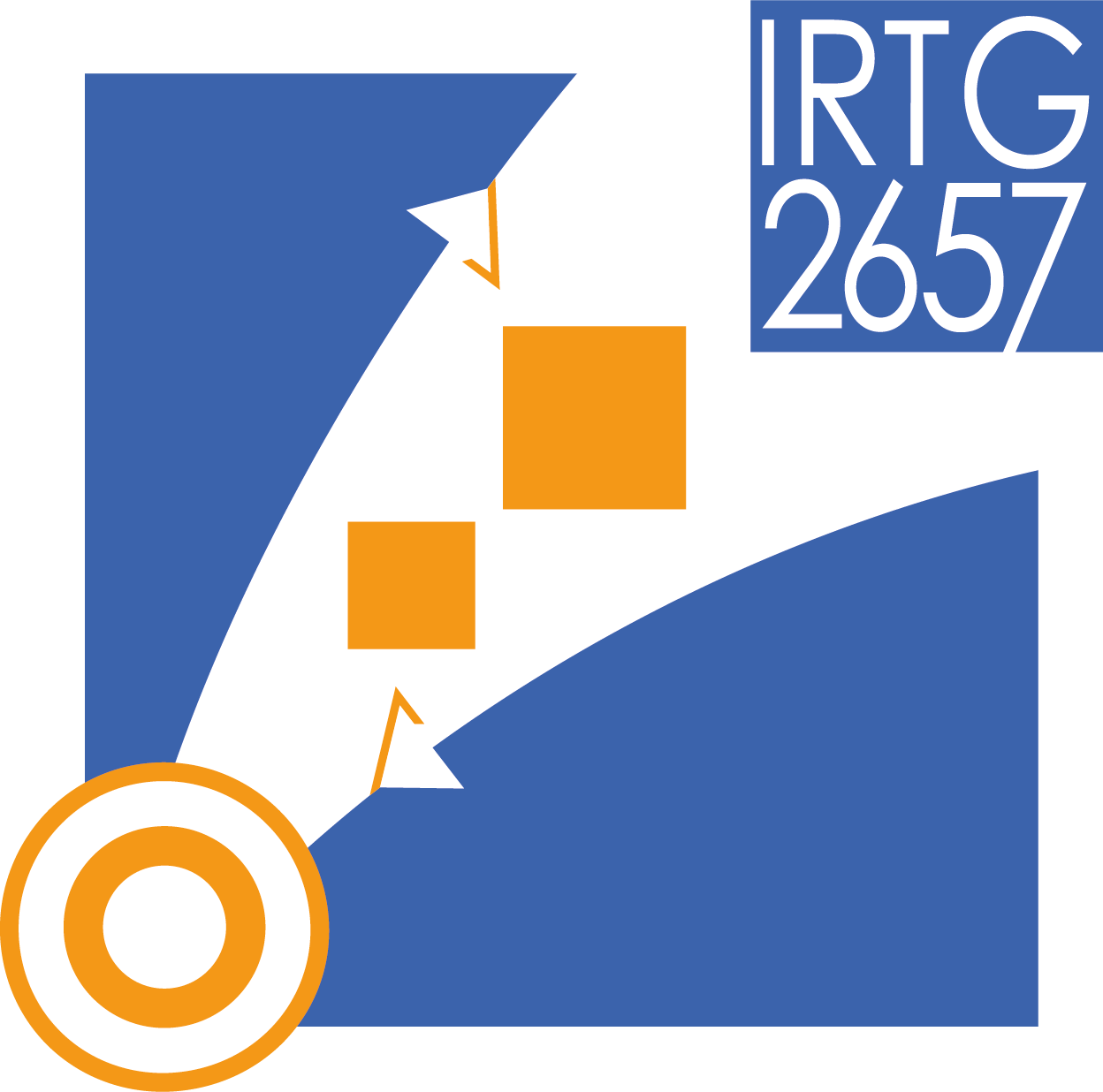B5.: New developments for the Virtual Element Method (VEM): robust a posteriori error estimates, adaptive strategies, coupling with reduced order modeling
| Team: | Thomas Wick, Ludovic Chamoin |
| Year: | 2024 |
| Duration: | 01.09.2024-30.08.2027 |
In this project, we deal with the Virtual Element Method (VEM) which is a generalization of classical FEM [1,2]. It handles non-conforming and arbitrary-shaped polytopal discretizations in a straightforward manner, which is convenient for meshing complex geometries, offering then much flexibility in the pre-processing of simulation-based analysis. A main idea behind VEM is that the local shape function space in each element is defined implicitly. Benefits of VEM have been explored in numerous problems of computational mechanics (small or finite strains, plates, contact, fracture mechanics) as well as for topology optimization. Even though VEM is a very active research field, the development of robust verification tools remains a challenge for the certification of simulation results and the adaptation of computational resources to simulation objectives. First methods have been designed, but their applicability and efficiency remain limited [3,4]. A first aspect of the project is then to derive robust a posteriori error estimation tools for VEM certification and mesh adaptivity purposes, applicable to a large set of contexts in structural mechanics. A focus will be on techniques based on equilibrated stress fields [5,6], that enable us to derive guaranteed error bounds on discretization error, as well as on goal-oriented error estimation with control of specific scalar outputs [7]. A key point will be the construction of an equilibrated stress field from the VEM solution. Another interesting aspect is to address the coupling between VEM and model order reduction techniques such as POD or RBM [8]. On the one hand, they may be envisioned for geometric parametrization at the element scale, to address the construction of the basis and the associated stabilization for any element shape. On the other hand, they may also be introduced at the structure scale to solve parametric PDEs discretized by VEM and enhance numerical efficiency in multi-query simulations such as in topology/shape optimization methods. Again, a focus will be on a posteriori error estimation and adaptive strategies, with separation of error sources (discretization, reduction) to reach an optimal trade-off between accuracy and computational cost. We lean on the expertise of the supervision team with recent works on the topic [9,10,11,12].
Literature
[1] L. Beirao da Veiga, F. Brezzi, A. Cangiani, G. Manzini, L. Marini, A. Russo; Basic principles of virtual elements methods, Mathematical Models and Methods in Applied Sciencs, 23(1):199-214, 2013
[2] P. Wriggers, B. Hudobivnik, F. Aldakheel; A virtual element formulation for general element shapes, Computational Mechanics, 66:963-977, 2020
[3] A. Cangiani, E.H. Georgoulis, T. Pryer, O.J. Sutton, A posteriori error estimates for the virtual element method, Numerische Mathematik, 137:857-893, 2017
[4] L. Beirao da Veiga, G. Manzini, L. Mascotto; A posteriori error estimation and adaptivity in hp virtual elements, Numerische Mathematik, 143:139-175, 2019
[5] E. Artioli, S. de Miranda, C. Lovadina, L. Patruno, Virtual element method: an equilibrated-based stress recovery procedure, Internat. J. Numer. Methods Engrg., 117(8):885-900, 2019
[6] F. Pled, L. Chamoin, P. Ladevèze; On the techniques for constructing admissible stress fields in model verification: performances on engineering examples, Int. Journal for Numerical Methods in Engineering, 88(5):409-441, 2011
[7] L. Chamoin, F. Legoll, An introductory review on a posteriori error estimation in finite element computations, SIAM Review, 65(4):963-1028, 2023
[8] J.S. Hestaven, G. Rozza, B. Stamm; Certified reduced basis methods for parametrized partial differential equation, 590, Springer Berlin, 2016
[9] P-E. Allier, L. Chamoin, P. Ladevèze, Towards simplified and optimized a posteriori error estimation using PGD reduced models, International Journal for Numerical Methods in Engineering, 113(6):967-998, 2018
[10] L. Chamoin, HP. Thai, Certified real-time shape optimization using isogeometric analysis, PGD model reduction, and a posteriori error estimation, , International Journal for Numerical Methods in Engineering, 119:151-176, 2019
[11] Hendrik Fischer, Julian Roth, Thomas Wick, Ludovic Chamoin, Amelie Fau; MORe DWR: Space-time goal-oriented error control for incremental POD-based ROM, 2023, arXiv:2304.01140
[12] B. Endtmayer, U. Langer, T. Wick; Multigoal-Oriented Error Estimates for Non-linear Problems,
Journal of Numerical Mathematics (JNUM), Vol. 27(4), 2019, pp. 215-236
Team
Supervision: Prof. Dr. Thomas Wick (LUH), Prof. Ludovic Chamoin (ENS)






